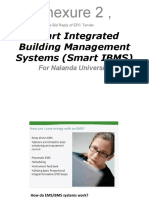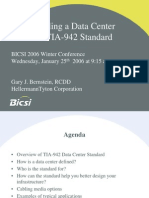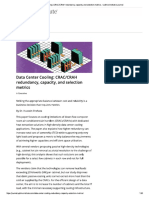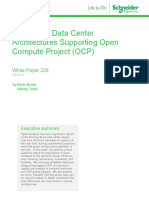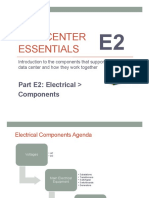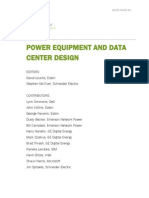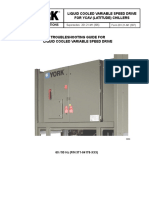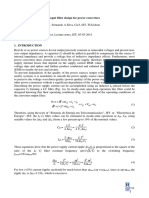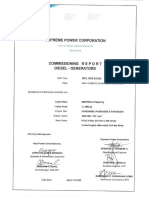0% found this document useful (0 votes)
641 views9 pagesData Center Design Guide - Direct Current v0.3
This document provides guidelines for the electrical design of an innovative direct current data center. It describes using a standard 480/277V AC distribution system feeding into +/-190V DC UPS systems. The DC output from the UPS is delivered to an overhead busway system to power Open Rack DC systems natively using +/-190V DC. Key benefits include voltage independence, reduced battery systems, and easier rack-level power supply balancing. Electrical systems are designed to meet various codes and standards.
Uploaded by
Rei AmyCopyright
© © All Rights Reserved
We take content rights seriously. If you suspect this is your content, claim it here.
Available Formats
Download as PDF, TXT or read online on Scribd
0% found this document useful (0 votes)
641 views9 pagesData Center Design Guide - Direct Current v0.3
This document provides guidelines for the electrical design of an innovative direct current data center. It describes using a standard 480/277V AC distribution system feeding into +/-190V DC UPS systems. The DC output from the UPS is delivered to an overhead busway system to power Open Rack DC systems natively using +/-190V DC. Key benefits include voltage independence, reduced battery systems, and easier rack-level power supply balancing. Electrical systems are designed to meet various codes and standards.
Uploaded by
Rei AmyCopyright
© © All Rights Reserved
We take content rights seriously. If you suspect this is your content, claim it here.
Available Formats
Download as PDF, TXT or read online on Scribd
/ 9







